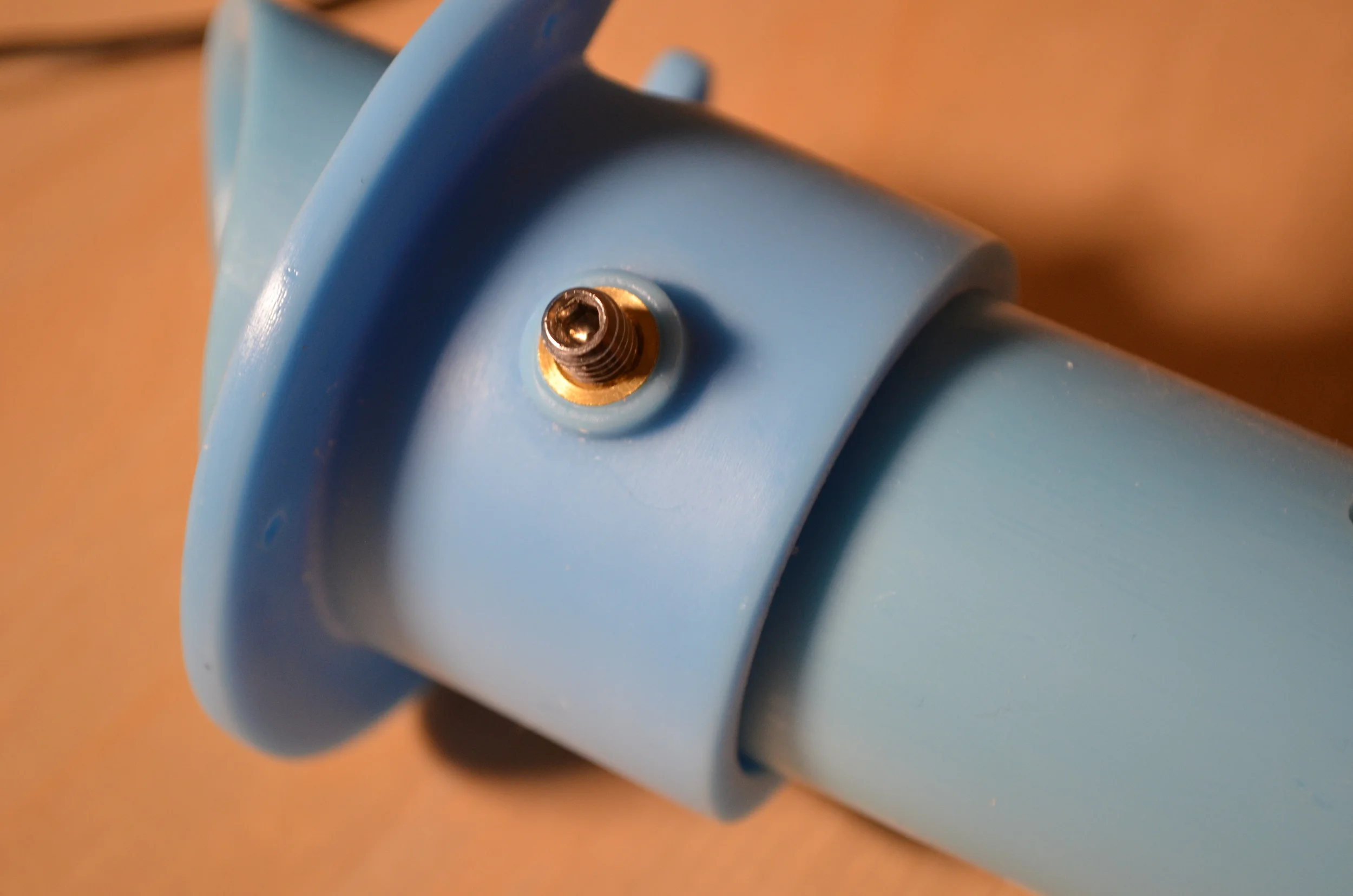Design:
- A robotic advocate for Buddhism makes us think we're being too narrow (at least in the U.S.) in terms of our conception of where technology in general does or does not belong. There is often a presumed conflict between technology and spirituality, but the questions they provoke about our role in the world and what it means to be human can lead us into similar discussions. Technologists tend to see their inventions as performing roles of utility in some fashion: helping us move heavy objects, clean dishes automatically or keep us entertained. Artists, critics and writers are the ones giving technology the more difficult, complicated examination and finding both what it reveals of our desires and how it shapes them, and help us recognize that those desires often go beyond the limits of utility.
(Dis)trusting Technology:
- By detecting brainwaves, researchers demonstrate a "100% accurate" biometric identifier that can't be forged (maybe). You might be able to finally forget all those passwords and your social security number for the small price of letting a machine, a government, or an app peer into your brain (albeit in an abstracted way).
- Big data and bad bargains: In order to be eligible for certain social services, the poor have to become part of a system of surveillance that keeps them tethered to what they are trying to escape. With the opacity of algorithms and databases, false information can keep you down without your knowledge.
Roadmapping the Future:
- The planet is never going to be the same, and we're going to have to put increasing amounts of effort and energy into engineering and rebuilding what amount to replica systems of the natural equilibrium we have broken. Christopher Mims of the Wall Street Journal writes on the subject for Vice's Motherboard, presumably so he can underscore the dire urgency of our situation with a few choice expletives with the editor's blessing.
Virtually There:
- Death in a digital world: the memorial for Prince that sprung up at Minneapolis venue First Ave was scanned and uploaded to SketchFab. In a sense, it's a natural extension of the kind of collective and public mourning it captures - to say that at this moment, you were there, felt the pain, and left a visual representation of that grief for others to see.

